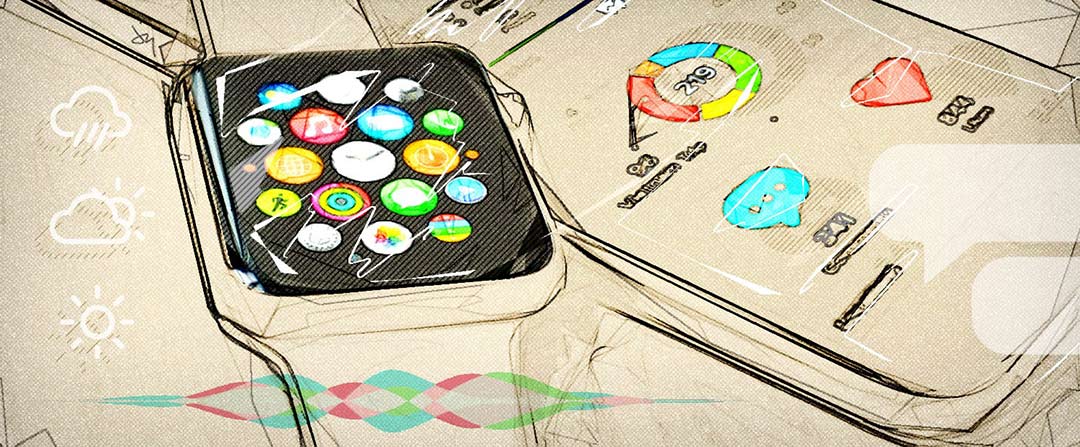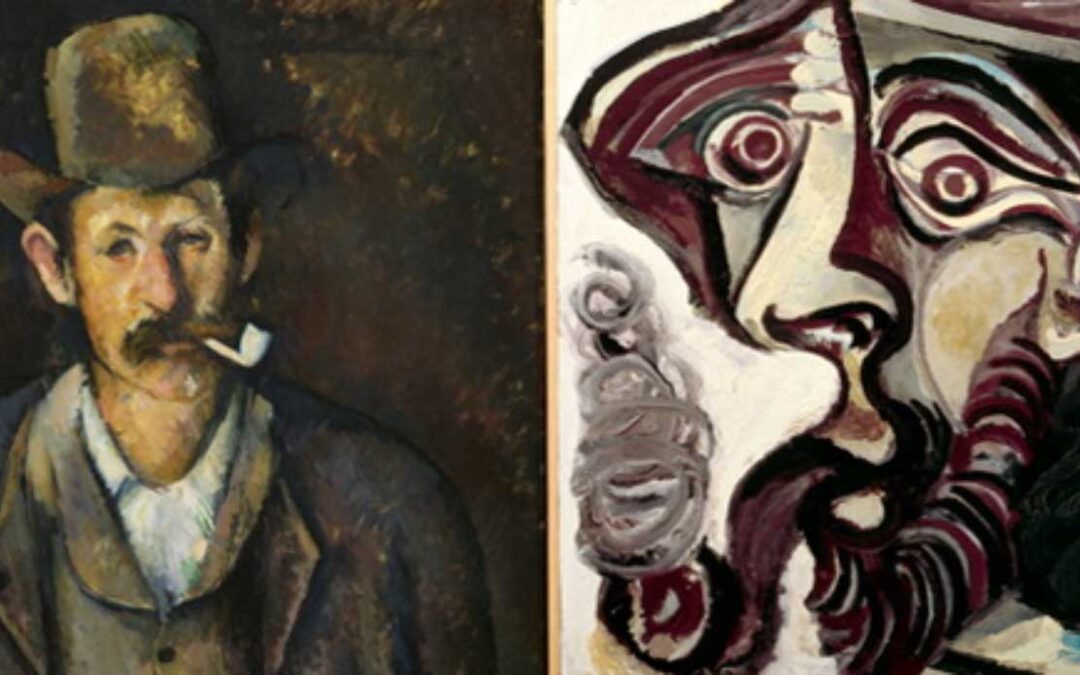
by Andrew Sherbrooke
I was recently given the opportunity to present myself as a “thought leader for my industry.” I’ve been pondering this. What do I know? What do I know so deeply and fully that others might want to hear my opinions on? Not much, it seems. Actually, I don’t have nearly as many answers as I have questions. But more than this, it’s the questions that really keep me interested. Here’s an example.

by Bob Bajoras
I love my smartphone. Like many of us today, I couldn’t live without my phone. I don’t do anything these days until my phone tells me I need to do it. Ok. Maybe slightly hyperbolic, but I can certainly say without exaggeration that I’m a more organized and productive person because of my phone.
But, the idea of a smart, wearable device? I didn’t get the point of it. Why would I want to take the functionality of my phone and compress it into an even smaller screen? It’s already tough enough to navigate my 4.7-inch smartphone. The idea of navigating an interface only slightly larger than a postage stamp was laughable.

by Paul Hershenson
In 2006, Wired Magazine published an article entitled “What Kind of Genius Are you?” The article highlights the work of economist David Galenson (currently a professor at the University of Chicago). Galenson is famous for postulating that artists fall into two classes: Conceptualists and Experimentalists. Conceptualists innovate radically, rapidly, and usually at early ages. The Wired article calls Picasso the archetype of Conceptual Innovation. Picasso upended modern art by inventing Cubism in his early 20’s.




